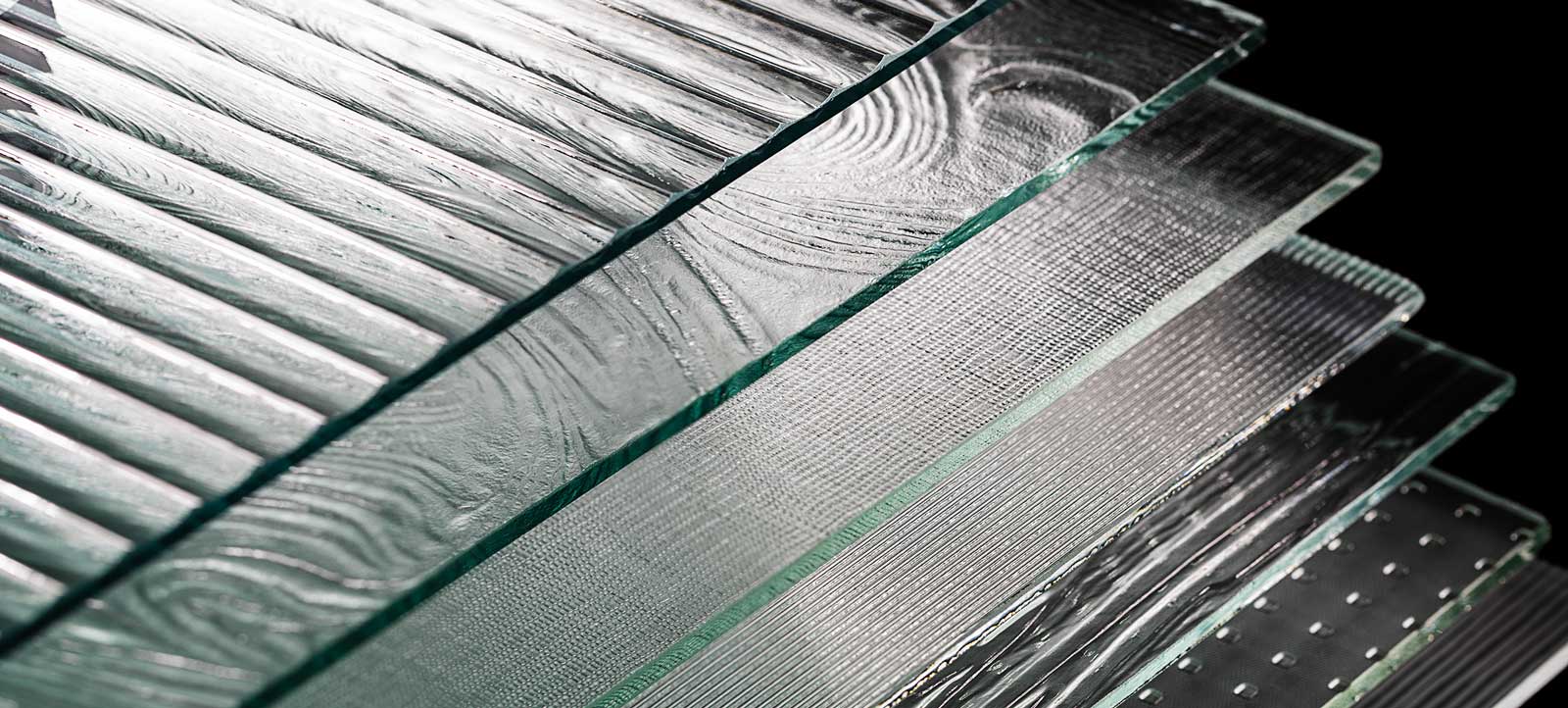Illuminating Spaces The Transformative Power of Architectural Glass
Architectural glass has transcended its functional role as a mere building material to become a cornerstone of modern design. With its ability to seamlessly blend aesthetics with functionality, architectural glass has transformed the way we perceive and interact with spaces. From towering skyscrapers to intimate residential interiors, the use of glass in architecture has become synonymous with innovation, elegance, and sustainability.
Aesthetic Appeal:
One of the most striking aspects of architectural glass is its aesthetic appeal. Unlike traditional building materials, glass possesses a unique ability to capture and reflect light, creating an illusion of space and transparency. Whether it's a sleek, minimalist facade or a captivating glass sculpture, the versatility of architectural glass allows designers to push the boundaries of creativity and imagination. With advancements in technology, glass can now be customized to suit virtually any design aesthetic, from textured surfaces to vibrant colors, enabling architects to bring their visions to life in stunning detail.
Functionality and Versatility:
Beyond its visual allure, architectural glass offers a host of functional benefits. Its inherent strength and durability make it an ideal choice for structural applications, allowing architects to design buildings with expansive glass facades that offer unobstructed views of the surrounding landscape. Additionally, glass can be engineered to meet specific performance requirements, such as thermal insulation, acoustic control, and safety regulations, making it a highly versatile material for a wide range of architectural applications.
Natural Light and Sustainability:
One of the most significant advantages of architectural glass is its ability to harness natural light, thereby reducing the need for artificial lighting and lowering energy consumption. By maximizing daylight penetration, glass not only creates a more comfortable and inviting indoor environment but also contributes to the overall sustainability of a building. Furthermore, advancements in glass technology, such as low-emissivity coatings and insulated glazing units, have further enhanced the energy efficiency of architectural glass, making it an eco-friendly choice for environmentally conscious designers and developers.
Innovative Applications:
The use of architectural glass extends far beyond conventional building envelopes. From floating staircases to sculptural installations, glass has become a favorite medium for architects seeking to push the boundaries of design innovation. In recent years, advancements in glass manufacturing techniques, such as laminating, bending, and fusing, have enabled designers to create intricate and complex forms that were once thought impossible. Whether it's a gravity-defying glass bridge or a dynamic glass canopy, the possibilities for creative expression with architectural glass are truly limitless.
Challenges and Considerations:
Despite its many benefits, the use of architectural glass also presents unique challenges and considerations for designers and builders. Issues such as glare, solar heat gain, and privacy concerns must be carefully addressed through thoughtful design strategies and the use of specialized glass coatings and treatments. Additionally, the maintenance and cleaning of large glass surfaces can be labor-intensive and costly, requiring careful planning and implementation of maintenance protocols to ensure the longevity and performance of the glass.
architectural glass has emerged as a transformative force in modern architecture, offering a perfect marriage of form and function. Its ability to capture light, create space, and evoke emotion has made it an indispensable tool for architects and designers around the world. As technology continues to evolve and new innovations emerge, the future of architectural glass promises to be even more exciting and dynamic, pushing the boundaries of what is possible in architectural design.
For more info:-

.jpg)

Comments
Post a Comment